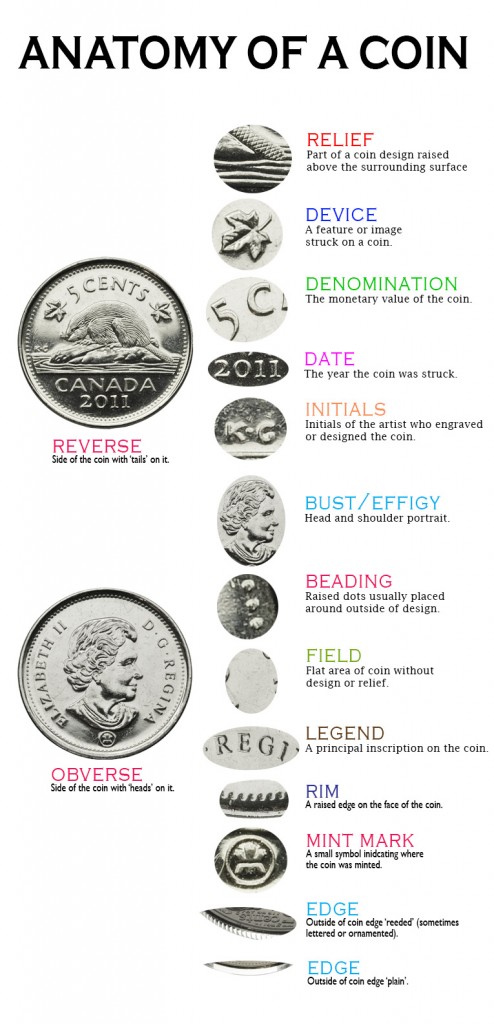Knowing your coins
Now that you have a grasp of preservation techniques for coins, you might want to familiarize yourself with the finer points of their anatomy. It is all part of your numismatic education and besides, you need to be informed and sound informed when you are buying coins at flea markets or coin fairs. You may need to talk the talk at coin fairs, but we don’t recommend you flaunt your new jargon at cocktail parties. We are under no illusions about this subject’s ability to break the ice with a prospective date and suggest you stick to light social commentary. But that’s for another blog and likely another blogger. For your own edification, take a look at our visual glossary.
The Museum Blog
May 22, 2025
Speculating on the piggy bank
By: Graham Iddon
Ever since the first currencies allowed us to store value, we’ve needed a special place to store those shekels, drachmae and pennies. And the piggy bank—whether in pig form or not—has nearly always been there.
Content type(s):
Blog posts
Subject(s):
Arts,
Business,
Economics,
English language arts,
Financial literacy,
Geography,
Health,
History,
Math,
Science
Grade level(s):
Grade 09 / Secondary 3,
Grade 10 / Secondary 4,
Grades 11 and 12 / Secondary 5
February 26, 2025
New acquisitions—2024 edition
Bank of Canada Museum’s acquisitions in 2024 highlight the relationships that shape the National Currency Collection.
Content type(s):
Blog posts
We want to hear from you! Do you have an idea for a blog post you’d like to see?
Content type(s):
Blog posts



